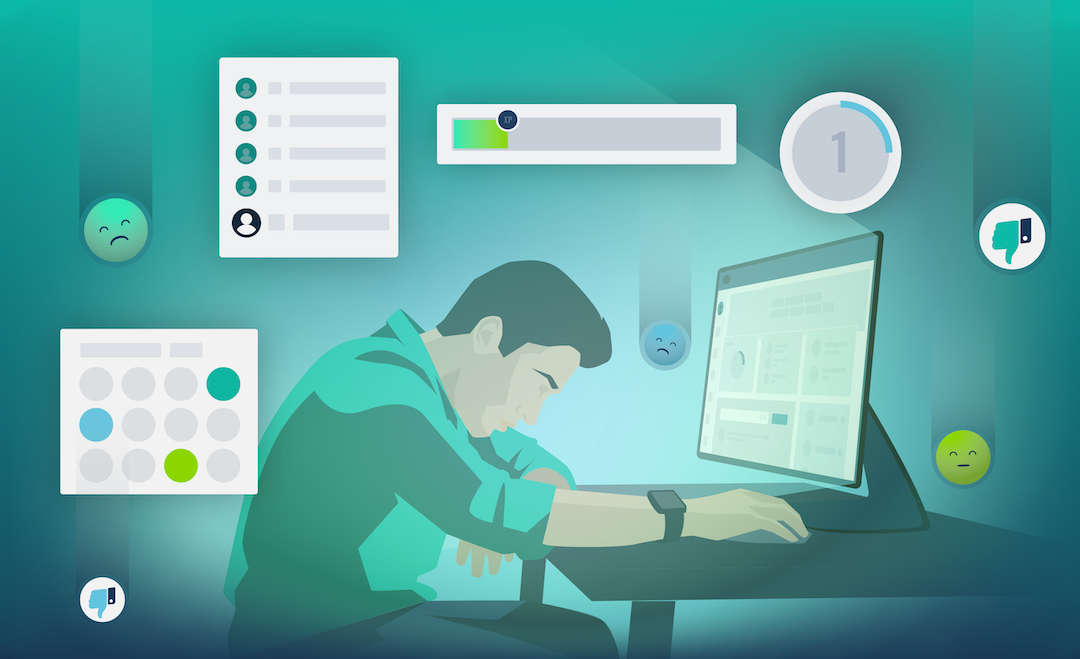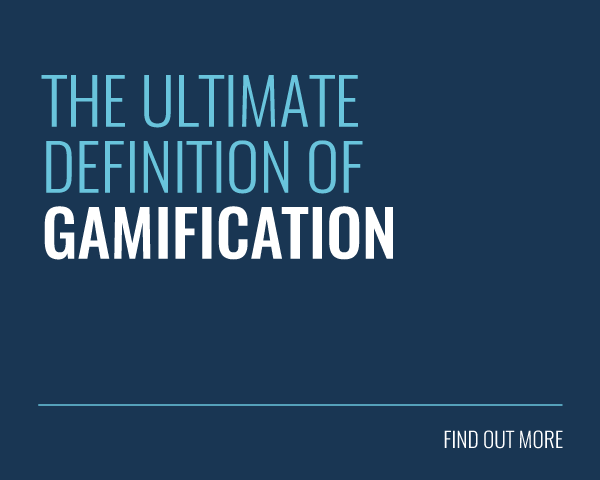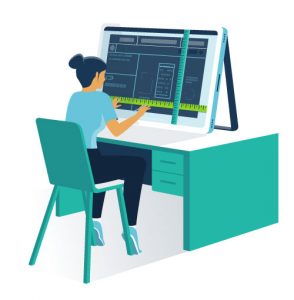 What are the best gamification strategies for online learning? Well, when used properly, gamification is like a learner engagement kit providing a set of useful tools (or game mechanics) that can make your learning content more effective. If the game mechanics are the tools, think of this article as the user-manual.
What are the best gamification strategies for online learning? Well, when used properly, gamification is like a learner engagement kit providing a set of useful tools (or game mechanics) that can make your learning content more effective. If the game mechanics are the tools, think of this article as the user-manual.
To give you some inspiration in your gamified online learning adventure, here are 10 gamification strategies for online learning to make your training go a little further.
Top Ten Gamification Strategies for Online Learning
1. Create clear learning pathways
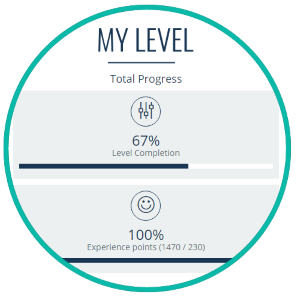
When your learners are working through a list of learning content, it’s easy for them to lose the sense that they’re progressing towards something. A gamified learning platform lets you arrange your learning content in a level structure. In this way, the learners need to complete content in order to level up (or proceed to a higher level) and unlock more challenging content.
2. Reinforce your company’s vision, values & epic meaning
As long as a learning programme stays true to a clear organisational goal, its chance of real behavioural change is much higher. In a gamified learning platform, there are many more opportunities to reinforce the core principles behind the learning objectives. For example, custom level banners and badge descriptions let you spin a narrative that places each learner at the centre of a larger mission.
3. Motivate learners to complete content
There are many ways that a gamified learning platform encourages learners to finish tasks. The badge cabinet, for example, will usually show a learner which badges they’ve earned, but also those they have yet to earn. Even simple UI features borrowed from games, like progress bars, work on a subconscious level to urge the learners towards completion.
4. Keep learners returning
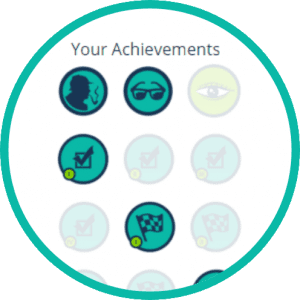
Aside from earning badges for completing content, learners can also earn Achievements. These are awarded for interacting with the system and they encourage engagement in various ways. For example, by offering an achievement for logging in for a certain number of consecutive days, your learners will feel compelled to access the LMS, if only to avoid breaking their chain.
5. Exploit competitive urges
Leaderboards are a key feature of any gamified system, and learning platforms are no exception. Even if they don’t think of themselves as competitive people, there’s something about being overtaken on a leaderboard that will make learners spend a little extra time in search of another badge.
6. Keep to deadlines
One very simple way to gamify something is to add a time limit to it. This can be a long-term goal (finish a level by a particular date) or something short and snappy (answer 10 questions correctly in under 60 seconds). Not only does this make the process more engaging, but it helps to build the learners’ time-management skills.
7. Improve task management
Aside from having a level to work through, your learners will likely have other tasks to complete on the system. The Mission Log is another feature borrowed from gaming and it gathers all of the learners’ things to do in one handy place. In this way, they get a good overview of their tasks and they can manage them more efficiently.
8. Build a learning community
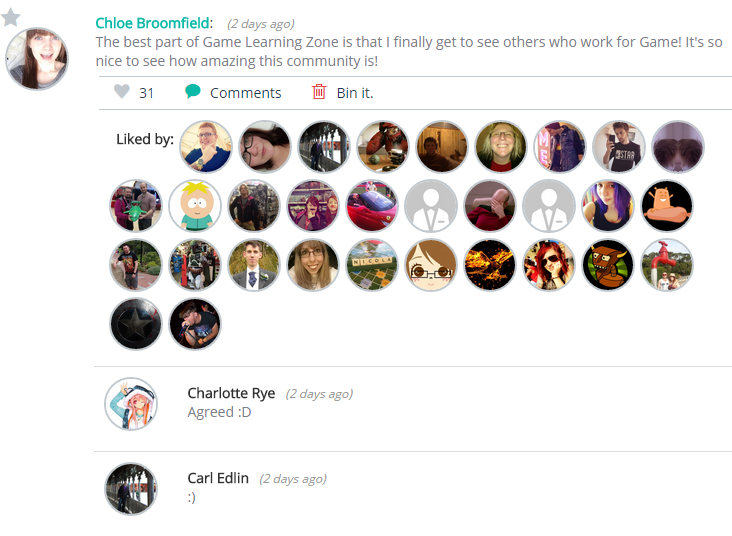
Game mechanics can also be used to encourage a sense of community within an organisation. If the learning platform also includes social functionality, points can be awarded for posing on the social feed, or even for leaving comments or likes. This helps create the perfect environment for informal learning to flourish.
9. Find subject matter experts
One particularly useful side-effect of creating a gamified social learning platform is that it becomes a lot easier to identify the experts in your organisation. If you have topic-specific discussion groups, a leaderboard can be added showing who the top contributors to that group are. This means that if other learners are stuck, they can easily find the go-to guru.
10. Improve content
The reporting tools in a learning platform can tell you who is completing what content, but it won’t necessarily tell you if the learners find it useful. By awarding points or achievements for rating content, you can encourage learners to rate any content they complete, giving you a better idea of what your learners respond best to.
Are you taking full advantage of the gamification features on your learning platform? This list should give you a few ideas but it’s by no means exhaustive. If you’re doing something exciting with your gamified online learning, we’d love to hear about it!
If we’ve whetted your appetite, download our whitepaper: Your Guide To Game-Based Learning to learn how to make your online learning more engaging.


